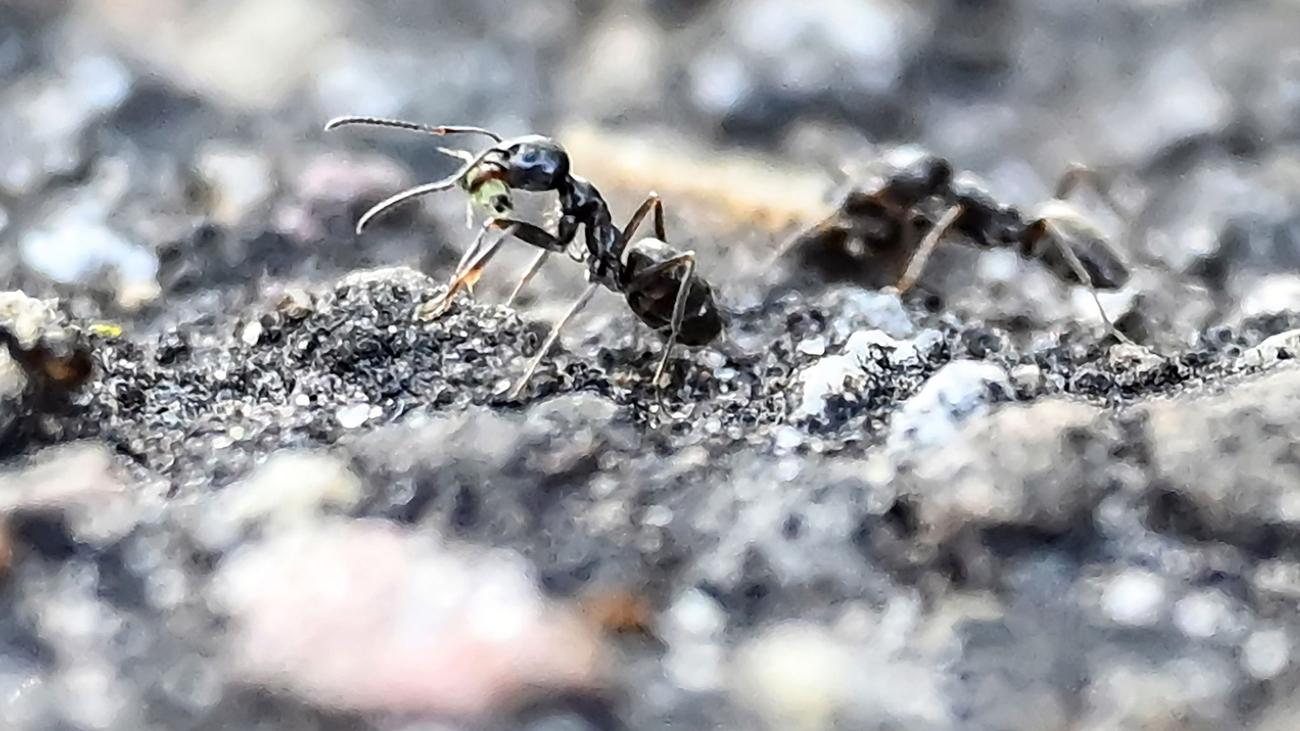
The Invasion of the Little Crawlers: Tapinoma Magnum Ameise Spreads across Europe
Introduction
The tiny Tapinoma magnum ant, once an inhabitant of the Mediterranean region, has now established a presence in several European countries, including Germany, where it has become a nuisance in various municipalities. Its rapid proliferation and resilience make it a formidable pest, often overwhelming local communities with its sheer numbers.
Origin and Spread
Originating from southern Europe, the Tapinoma magnum ant has arrived in Germany and other parts of Europe primarily through global trade in potted plants, such as olive trees and palms. These plants serve as unwitting carriers of the ant colonies. Once introduced, the ants thrive in warm, humid environments, often colonizing human dwellings and outdoor spaces.
Impact on the Environment
The invasion of Tapinoma magnum ants poses several environmental concerns. Their extensive digging activities can damage paved paths and vegetation, while their accumulation of plant debris in electrical boxes has led to power outages and internet disruptions. Additionally, the ants’ competition with native ant species can disrupt the local ecosystem, potentially leading to a decline in biodiversity.
Identification and Detection
Distinguishing Tapinoma magnum ants from other ant species requires careful observation. They are relatively small, measuring only a few millimeters in length, and typically have a dark brown to black coloration. However, their distinguishing feature lies in their unusually fast movement and their tendency to spread along roads and other man-made structures. Large concentrations of ants in these areas should raise suspicion of a Tapinoma magnum infestation.
Health Implications
While Tapinoma magnum ants are not considered directly dangerous to humans, their presence can be annoying and may cause discomfort. When crawling on skin, they may induce a mild stinging sensation, but allergic reactions are rare. The ants do not transmit any known diseases.
Control and Eradication
Combating Tapinoma magnum ants can be challenging due to their rapid reproduction and ability to form supercolonies with millions of individuals. Various control methods have been employed, including:
- Hot Foam Method: A mixture of water, surfactants, and corn is sprayed onto infested areas, creating a foam that kills the ants by suffocation.
- Poison Bait: Ant baits containing toxic substances are placed in areas frequented by ants, with the aim of eliminating the colony through ingestion of the bait.
- Physical Barriers: Installing barriers or traps around infested areas can help prevent the spread of ants and protect sensitive areas from damage.
Concerted Action and Prevention
In the face of the widespread infestation, it is crucial for affected communities to work together in coordinated efforts to control and eradicate Tapinoma magnum ants. Isolated attempts at elimination are unlikely to succeed, as the ants can quickly re-infest treated areas from neighboring colonies.
Prevention is also key. Thoroughly inspecting potted plants before bringing them into homes or gardens can minimize the risk of introducing the ants. Additionally, sealing cracks and other entry points in buildings can help prevent the ants from establishing colonies indoors.
Conclusion
The Tapinoma magnum ant invasion poses a significant challenge to European communities. Its rapid spread, resilience, and potential environmental and economic impacts demand a comprehensive and collaborative response. By implementing effective control measures, adopting preventive strategies, and working together, we can mitigate the nuisance and minimize the ecological consequences of this invasive species.
